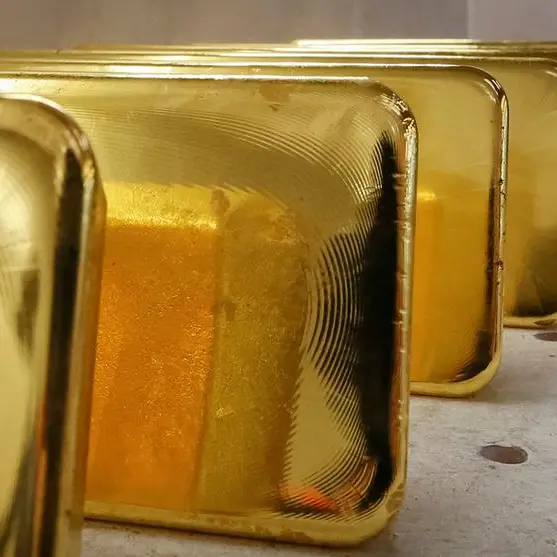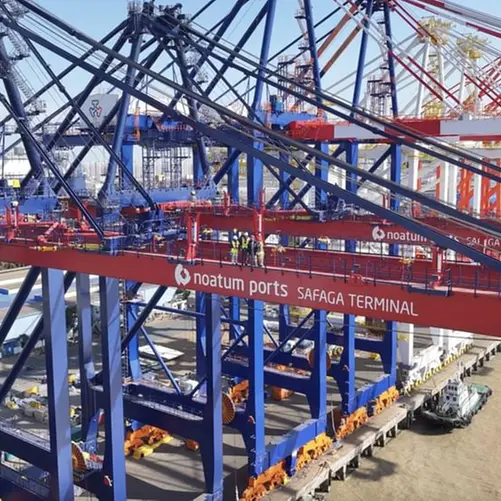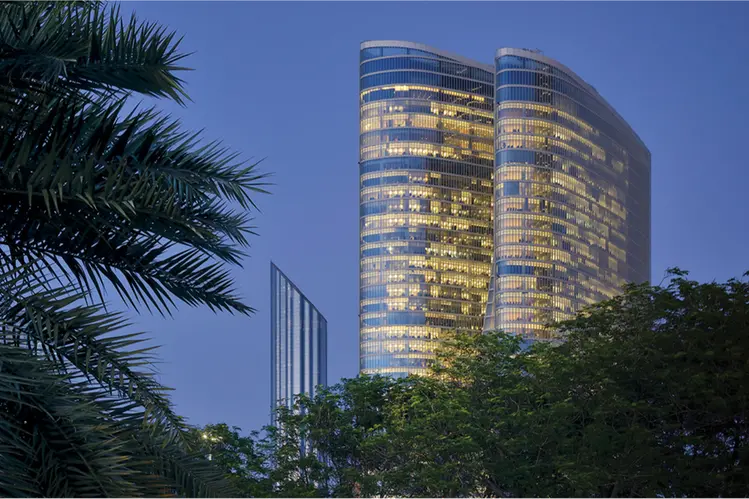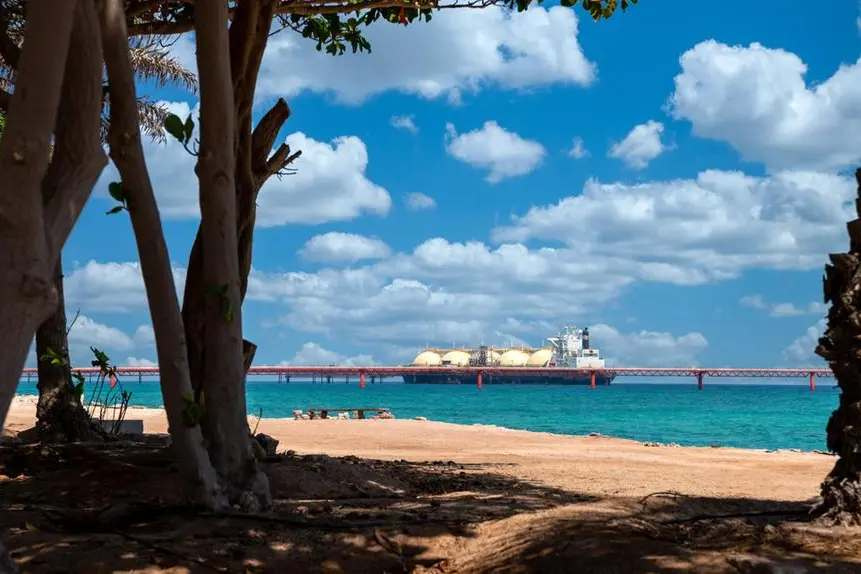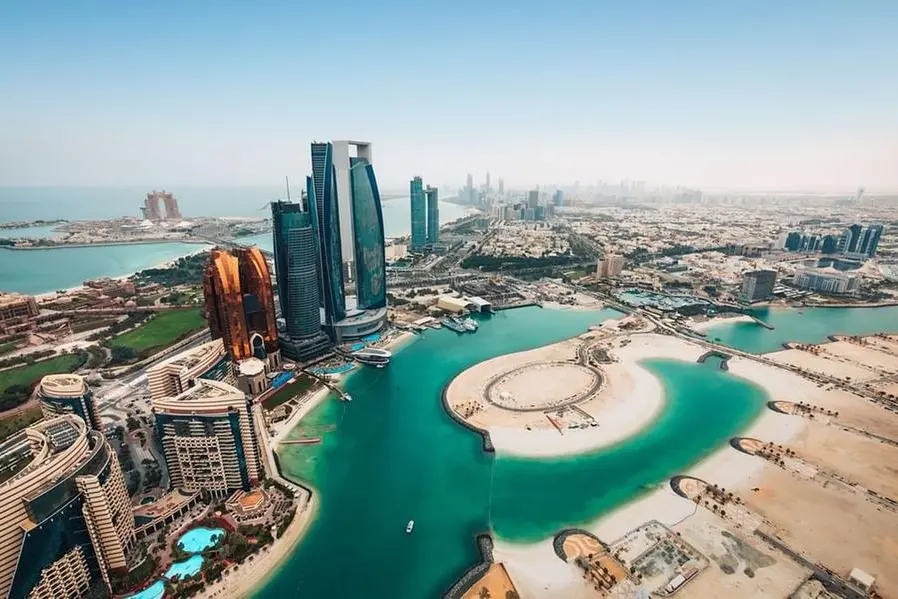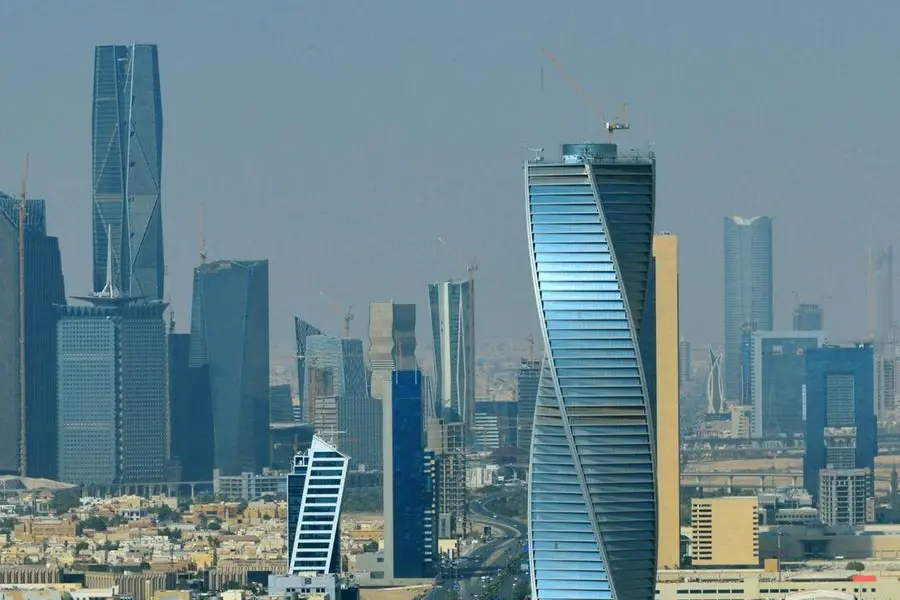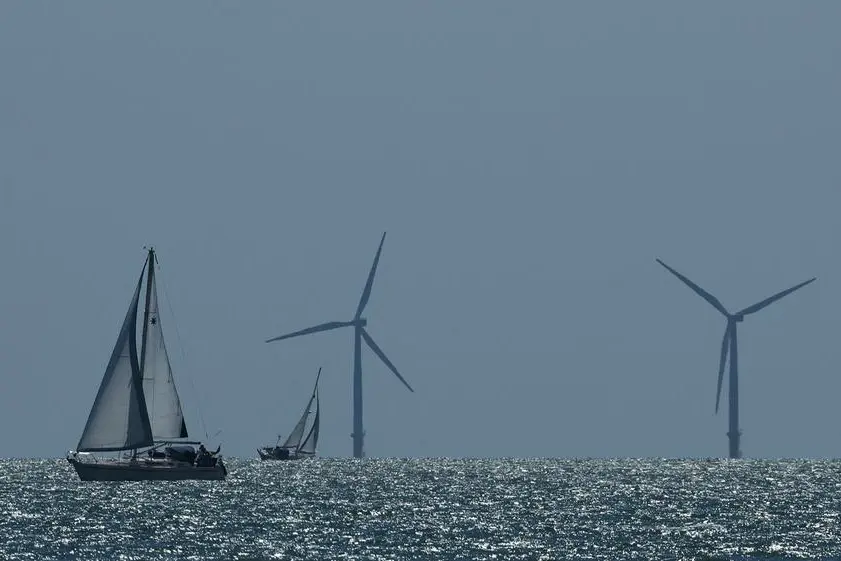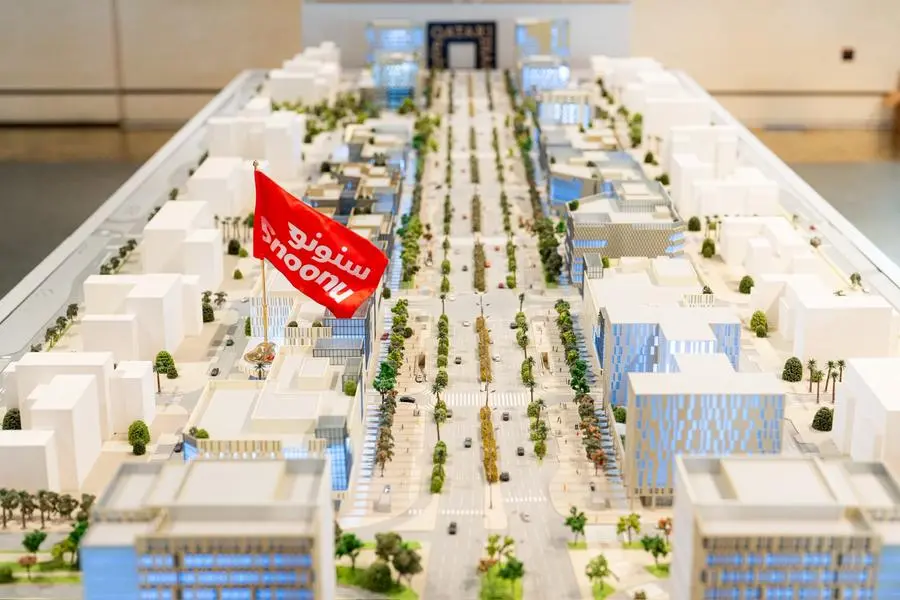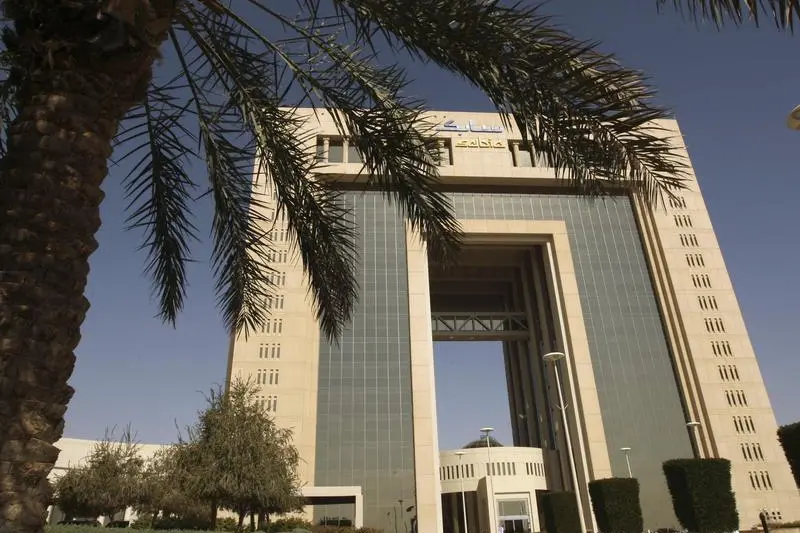AL AIN, May 5, 2008 (WAM)-- The arrival of five white rhinoceros from South Africa, three females and two males, the most recent inhabitants of Al Ain Zoo, marks the first major step towards its transformation to desert safari park and conservation centre.
They were flown in special crates from Johannesburg and are freely roaming the arid land at the foothills of Jebel Hafeet, strolling among their neighbours 'zebras, giraffes, Thompson gazelles, fringe-eared Oryx and wildebeest' in the mixed-African exhibit, which is to become one of five desert safaris under plans to extend the zoo by 200 hectares over the next four years. Explaining their importance, the zoo's director Mark Craig noted that: "These mammals are part of a breeding programme and another milestone in our rapid improvement programme, which is ongoing."There are plans to complete the first phase of turning the zoo into an entertainment, hospitality, retail and residential development by the end of 2010. More than a third of it will be dedicated to wildlife desert safaris, a special report by the National Daily said today. The park will represent the deserts of Arabia, Africa, Asia, Australia and the Sonoran Desert in Arizona. Animals indigenous to those regions will interact in environments as close to their natural habitat as possible. Enclosed vehicles, supervised by trained guides, will allow visitors to observe the animals at close range. An Australian feature and a new African wild dog exhibit are also expected to open in the next two months. The exhibits are far more open, so the animals have a habitat more in tune with their needs and visitors are able to observe them behaving in a manner more in keeping to the way they would perform in the wild. "We are in the process of master-planning the design of the new project. The open areas are already visible in the mixed-African exhibit, where the rhinos are roaming. This is the feel we want to create" Mark Craid added, indicating that "We are taking the concept of the zoo to another level, connecting people with the environment and wildlife and setting very high standards."One of the main focuses will be conservation of endangered species, in particular those animals indigenous to the UAE, such as the Arabian Oryx. In collaboration with the International Organisation for Zoos, Al Ain Zoo will increase the number of animals in the park. During the next four years, the zoo and Environment Agency - Abu Dhabi's (EAD) terrestrial environment research centre will release 100 Arabian Oryx born in captivity into Abu Dhabi's desert. The zoo will donate some of the animals and select the areas where they will roam freely, as well as providing the animals with vaccinations and medical check-ups. "We are positioning ourselves at the very highest level of this industry," he said adding: "We want to be the world leaders in animal management and the work that the zoo is undertaking with the Environment Agency is related to the introduction of these species back into their natural habitat. The zoo is home to more than 4,000 species of animals, including 88 species of birds, 31 species of reptiles and more than five species of primates with the majority from the Arabian Peninsula and North Africa. Several of the primates were rescued by customs authorities preventing the illegal trade of animals, once problematic in the UAE, but not all of them feature in the zoo's long-term strategy. Plans for the zoo include more than just animals. Al Ain hopes to introduce an eco-friendly five-star hotel, villas, retail facilities and luxurious restaurants. Describing the consideration given to the environment in the design process, Majid al Mansouri, the secretary general of the EAD said "All buildings will be green 'some run by solar power' and there will be water conservation technology, energy conservation. "Even the materials used for the building will be eco-friendly. We are in discussions with One Planet Living, which consulted with the Masdar Initiative", he added"The hope is to make Al Ain Zoo an educational experience; to take people back to nature and create a harmony between their living environment and the zoo," Mansouri said, adding: "When you look through history, you find there was a lot of interaction between nature and humans so we are confident the project will be a success."Copyright Emirates News Agency (WAM) 2008.
